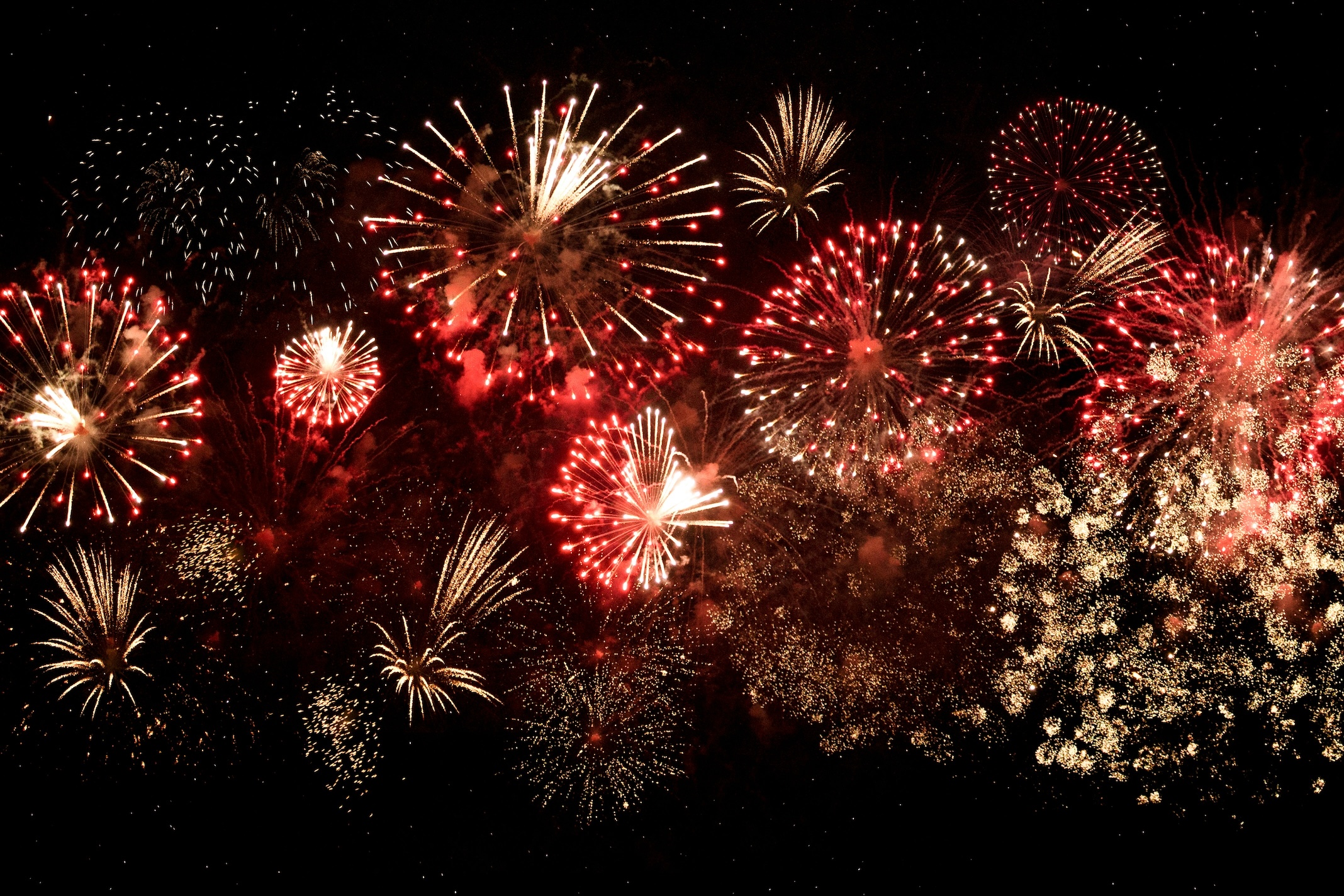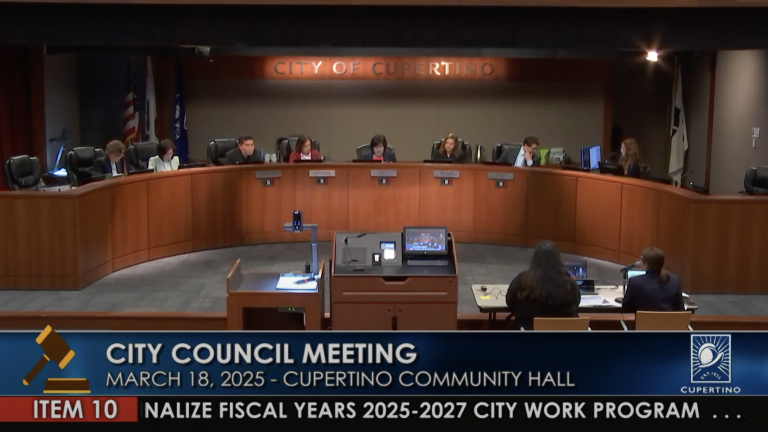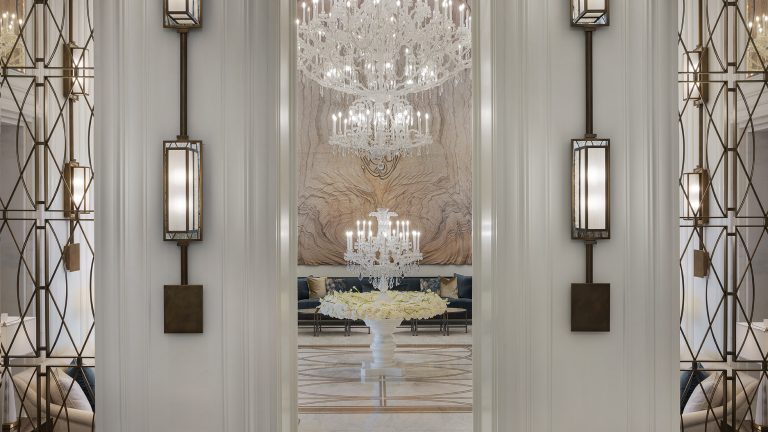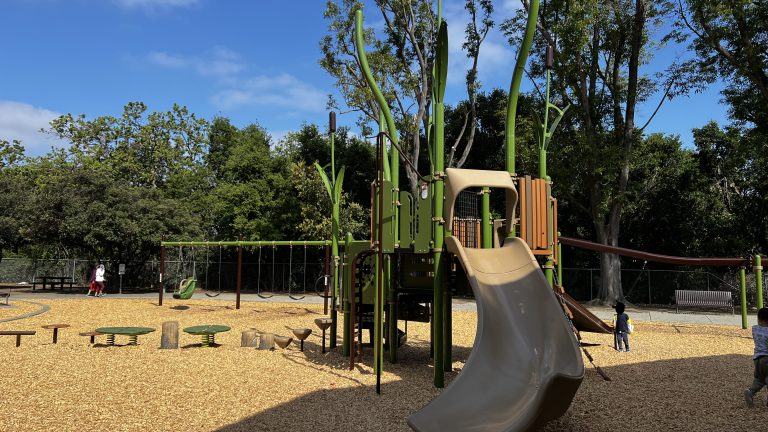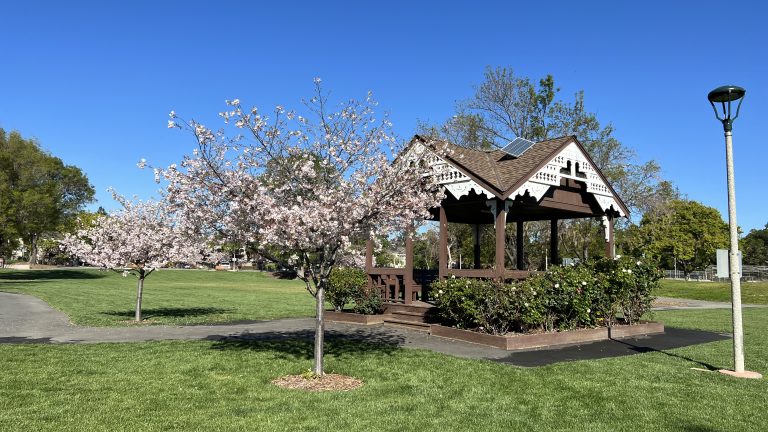For over two hours, the May 6, 2025 Cupertino City Council meeting was filled with heated debate. The point of contention: would Council issue a moratorium on the Foothill-De Anza Community College District (FHDA) Board decision to turn 94 homes at the McClellan Terrace apartments into student housing?
Both sides presented their case during public comments. The FHDA Board, students, and staff argued that they needed student housing, and that McClellan Terrace was the right place for that housing. Meanwhile, the apartment’s existing tenants and Cupertino residents pointed out that student housing should be built on campus without evicting people, many of whom are families with school-aged children. They also felt that this was a misuse of bond funds. Three Bay Area community colleges are using state funds to build on-campus housing, rather than solely using bond funds that could be used to improve educational facilities.
What is a Moratorium?
According to Cupertino’s City Attorney Floy Andrews, under government code, an urgency moratorium allows a city to stop a change in land use that may conflict with its zoning or general plan. A moratorium requires a super-majority to pass, or 4 out of 5 votes. If passed, it would allow 45 days for Cupertino to study mechanisms to retain multifamily housing and encourage new student housing construction. The city can also extend an urgency ordinance for another 10 months and 15 days if it determines a need to change zoning.
“The college district’s board voted just yesterday to end due diligence on the purchase of McClellan Terrace apartments. They decided to proceed with the purchase of the apartments and they retained relocation services for the displacement of the current residents,” stated Attorney Andrews. “It’s an urgent issue for the city because this plan is happening, and the city has policies encouraging the retention of multifamily housing supported by its general plan.”
Opposition to Evicting Local Families
Cupertino residents, Mayor Liang Chao, Vice Mayor Kitty Moore, and Councilmember Ray Wang all spoke out strongly against the McClellan Terrace evictions. Wang asked, “Are we as a city saying it’s okay to ignore our 90 resident families and relocate them for students and staff housing? Are housing advocates really supporting the displacement of 67 kids in the district?”
“Many of the kids at McClellan Terrace end up being De Anza students as well. I was one of them,” said Pranath, a 20-year McClellan Terrace resident, during public comments. “We should look at alternatives that don’t displace dozens of families and students.”
Anisha, whose family moved to McClellan Terrace 20 years ago, stated, “I went to Lincoln, Kennedy, and Monta Vista walking from home for 13 years. My family wouldn’t have been able to afford to have us go to these exceptional schools if it weren’t for this apartment complex.”
Even an editorial in the De Anza Community College newspaper, La Voz, expressed trepidations about the purchase, stating, “Buying out the apartment complex displaces existing residents, many of whom are children who attend nearby K-12 schools. McClellan Terrace offers affordable units in an area of skyrocketing housing costs, and many community members have voiced fears about being priced out of local options and being forced to move, uprooting their lives.”
Student Housing Options Abound
There are viable options to build student housing without evicting renters. “De Anza College sits on 112 acres in the heart of Cupertino. The district could carve out a portion of the campus for housing,” stated a San Jose Spotlight editorial published shortly after the meeting. “A number of school districts are considering this approach for teacher housing. Why not do it for student housing, a standard practice at four-year colleges?”
In addition to on-campus housing, the FHDA Board had the option of partnering with the Marina Plaza developers on student housing, but failed to do so. Cupertino hotels have also shown willingness to help provide student housing. “The Cupertino Hotel is offering extended stay for students that’s available immediately,” stated Chao. “The FHDA college district can also consider buying Aloft [Hotel], which was constructed in 2012.” In San José, the under-utilized Signia by Hilton hotel (previously Fairmont Hotel) was recently converted into 700 units of undergraduate student housing.
Taxpayer Dollars In Question
The McClellan Terrace purchase is funded by Measure G. This measure, which passed by 59%, was written as a bond to “upgrade facilities preparing students/veterans for university transfer/careers like healthcare, nursing, technology, engineering/ sciences; upgrade/repair aging classrooms, labs for science, technology, engineering/math-related fields of instruction; acquire, construct, repair facilities, equipment/sites.” It created $898 million in bonds “levying 1.6 cents/$100 assessed valuation ($48,000,000 annually) while bonds are outstanding.”1
“If you read the ballot measure language, it doesn’t talk about acquiring properties off-campus. When you read about all the different facilities improvements, you have to find a buried line in there that would ostensibly allow them to be purchasing [property] and evicting our residents,” said Vice Mayor Moore during the meeting. “I feel for the individuals who voted for this, including myself, unaware that we were going to be evicting our fellow residents.”
In written communications, Mayor Chao also expressed dismay that the FHDA Board was spending so much to acquire an old building with existing tenants. Nearby communities are building new housing for less. She cited San Mateo County Community College District’s brand-new housing for approximately 316 students. It will leverage $56 million in state grant funding while using just $10 million of its own funds.2
Conversely, the FHDA board will spend $95M of local taxpayer funds on purchasing McClellan Terrace to evict existing residents. This includes $66.7M to purchase and $28.2M to renovate the 50-year-old building3. Cupertino resident Rhoda Fry added, “In 2022, Prometheus bought the property for $52 million. Under AB1482, they were not allowed to evict residents and replace them with younger residents. But that is exactly what FHDA intends to do. Prometheus discovered that they bought a lemon. They are now in court over it, while they intend to sell to FHDA for $67 million.”
Councilmember Fruen expressed opposition to the moratorium. He stated that he did not agree with some of the facts in the recitals. “I don’t really see how it’s possible for us to substantiate this on an urgency basis,” said Fruen. It did not seem likely that Mayor Chao would get the required 4-to-1 super-majority vote. As such, she chose not to proceed with a moratorium.
Instead, Chao, Moore, and Wang voted to approve a resolution encouraging the construction of new student housing, and preserving multi-family housing by discouraging its conversion to student housing. Fruen and Mohan voted no, which is consistent with their track record of aligning with outside interests over resident interests.
FHDA Creating False Hope
FHDA sought to alleviate the concerns of Board Members, Bond Oversight Committee Members, and the community. In a memo, it assured them that residents will receive relocation help. It also said that they are in discussions with the local school districts to address K-12 student concerns. However, there are no other large apartment complexes in the Lincoln Elementary, Kennedy Middle and Monta Vista High School attendance area. Worse, there are only a handful of two bed – two bath apartments of comparable size and rent within Cupertino. Consequently, McClellan Terrace residents, which include nurses and public-school teachers, will find a similar home that is walkable to the tri-school area.
The College District can still pull out of the sale. We first covered McClellan Terrace in March 2025, when dozens of concerned residents showed up to protest their potential eviction.
References
1 – Foothill-De Anza Community College District. “Resolution of the Board of Trustees of Foothill-De Anza Community College District Ordering an Election, and Specifications of the Election Order.” https://go.boarddocs.com/ca/fhda/Board.nsf/files/BJ52PW03336F/$file/Resolution_No_2019-36_Ordering_Election.pdf. November 25, 2019. Accessed June 20, 2025.
2 – San Mateo County Community College District. “Update on Districtwide Student Housing at College of San Mateo.” https://go.boarddocs.com/ca/smccd/Board.nsf/goto?open&id=CREQBU6881EC. August 9, 2023. Accessed June 23, 2025.
3 – Foothill-De Anza Community College District. “Student Housing Project Update.” https://go.boarddocs.com/ca/fhda/Board.nsf/files/DENM9G5A260E/$file/2025-03-10%20FHDA%20Housing%20Update.pdf. March 10, 2025. Accessed June 20, 2025.



